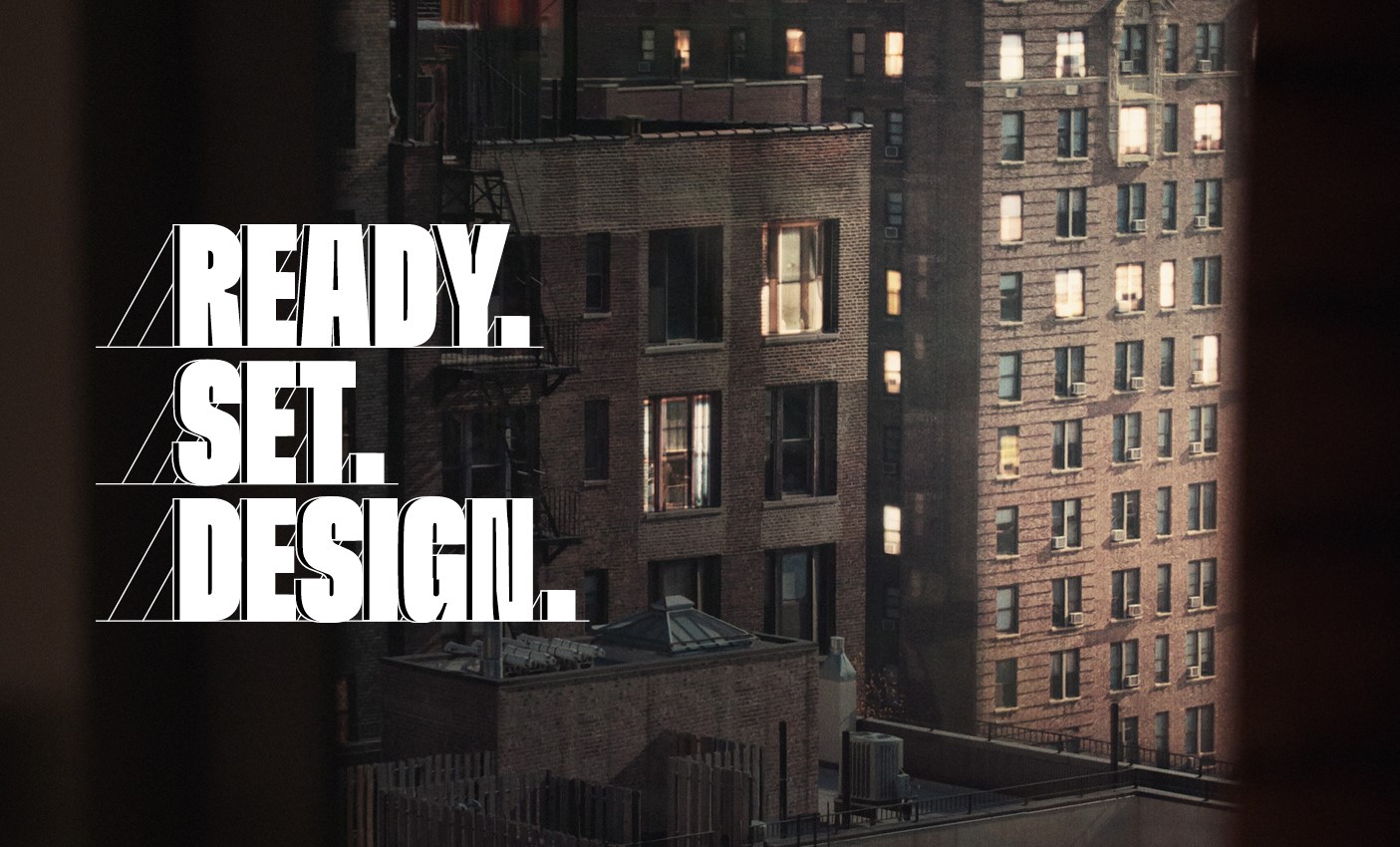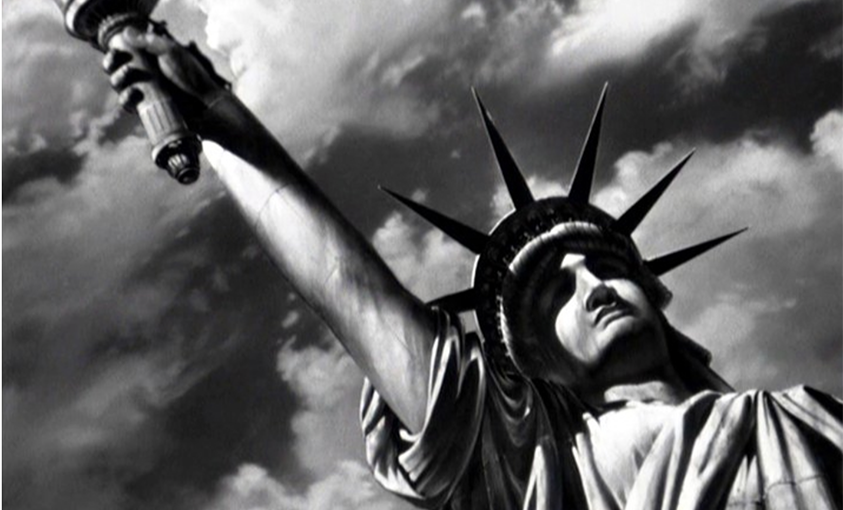This website is not optimized for Miscrosoft Internet Explorer and Miscrosoft Edge !
Lectures
Additional date - Du "Royal Albert Hall" au "Mount Rushmore" en passant par la "Statue de la Liberté" : Une plongée dans les décors des films d’Alfred Hitchcock
Speaker: Paul Lesch, director of the CNA
Film sets can play a great variety of different roles. They can be symbolic, creating worlds or atmospheres or purely aesthetic.
With the help of many extracts, we will focus on film sets in all their capacities through an analysis of the work of Alfred Hitchcock, a film-maker who had an incomparable talent for exploiting the dramatic, aesthetic and, above all, symbolic potential of film sets, whether natural or built in studios.
The ‘Royal Albert Hall’ in The Man Who Knew Too Much (1934, 1956), the ‘Statue of Liberty’ in Saboteur (1942), the lifeboat in Lifeboat (1944), the studio-built back yard in Rear Window (1954), the natural setting of Vermont in The Trouble With Harry (1955), the city of San Francisco in Vertigo (1958), Mount Rushmore in North by Northwest (1959), the city of San Francisco in Vertigo (1958), the house in Psycho (1960), inspired by Edward Hopper, and the London neighbourhood of Covent Garden in Frenzy (1972) are just a few examples of captivating and iconic "Hitchcockian" sets.
Lecture in French punctuated by a large number of extracts from films.
Register here.
In accordance with the health regulations linked to the Covid-19 Pandemic, the number of visitors is limited and prior registration for the event is required.
Wearing a mask upon entrance, as well as maintaining a social distance between visitors is mandatory.

Organisation
Cercle Cité, in collaboration with CNA
Around the event
12/02/2021
-
11/04/2021
11:00
-
19:00
Ratskeller exhibition space (rue du Curé)
Exhibitions
Ready. Set. Design.
Le décor de cinéma au Luxembourg
Organized by Cercle Cité in collaboration with Centre national de l'audiovisuel (CNA)
28/04/2021
18:30
-
20:00
Cité Auditorium (3, rue Genistre)
Lectures
Additional date - Paysages virtuels : le décor de cinéma « truqué »
Speaker: Yves Steichen (CNA)
Organized by Cercle Cité, in collaboration with CNA
